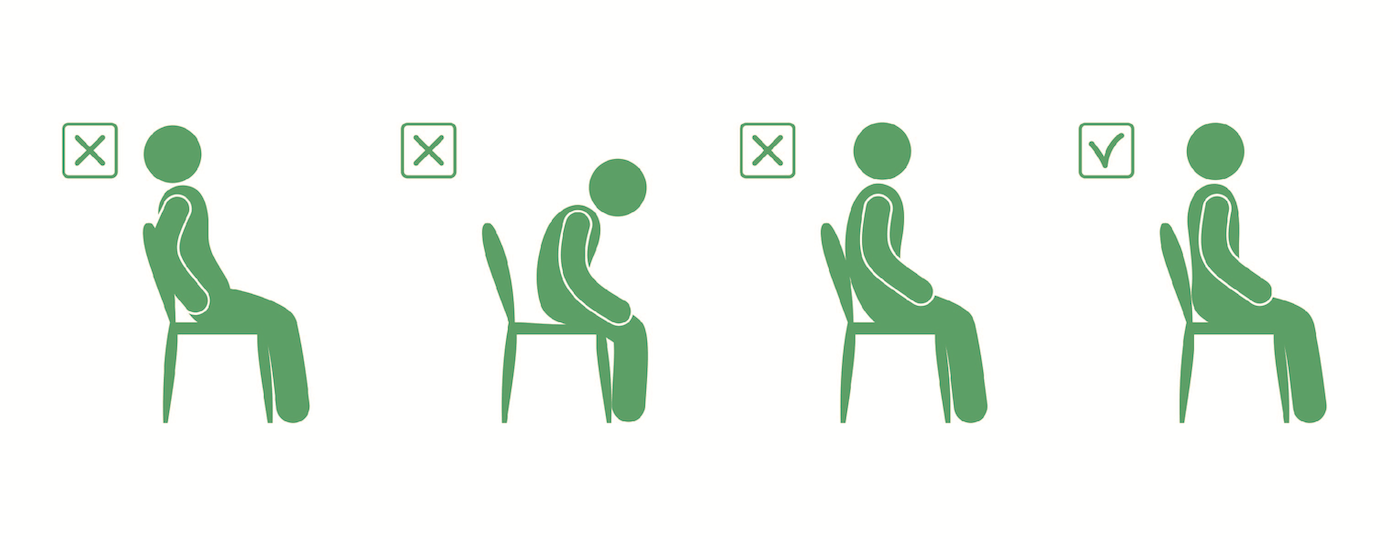
Bad posture in the workplace is becoming something of a modern health crisis.
Hunching over desks, straining to see laptop screens and cradling phones between our ears and necks, over time these bad habits can lead to serious health problems.
As such, businesses of all shapes and sizes need to ensure they take the necessary steps to ensure their employees understand posture, and what they can do to improve it.
First things first, it is important to identify what leads to bad posture.
What leads to bad posture:
With most office-based jobs, employees will spend many hours a day sat at their desks working at a computer or tablet device.
While doing so, they will likely fall into bad posture habits such as:
While doing some or all of the above can actually feel more comfortable than adopting the recommended posture, the long-term effects of doing so can be problematic.
The lifestyle of the modern-day office worker can also compound this. Those that sit at their desks all day and remain inactive can suffer additional issues.
Of course, there are several ways to easily improve posture, from learning how to sit correctly to using ergonomic furniture
How can you improve your posture:
The main cause of bad posture is simply that most people do not know how to sit correctly, particularly when working at their desk.
Here are some top tips for adopting the correct posture:
Other things you can do is swap your phone receiver with a headset and position frequently used objects – stapler, pen pot, coffee cup, etc – within easy reach.
How office furniture can help improve your posture:
For business owners, one of the best ways to help employees improve their posture is to provide them with the correct office furniture.
Ergonomic desks and chairs are a great place to start, as are footrests, screen stands and even filters to reduce screen glare.
Taking things a step further, you can plan the design and layout of your office so that it includes space for employees to move around and exercise throughout the day.
Here at Building Interiors we have unrivalled experience in designing and creating office spaces that help employees to be happy and healthy during their time at work.
